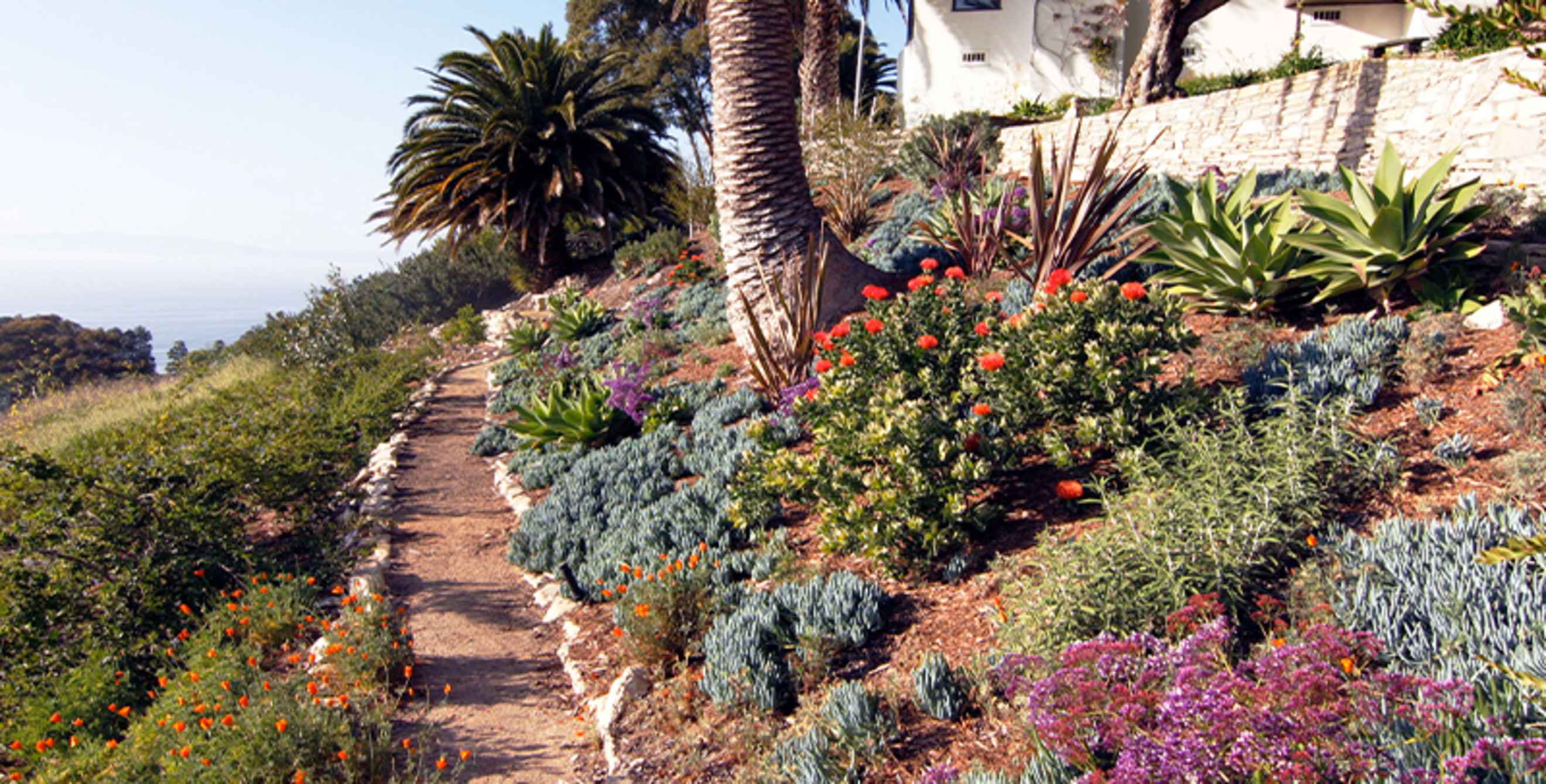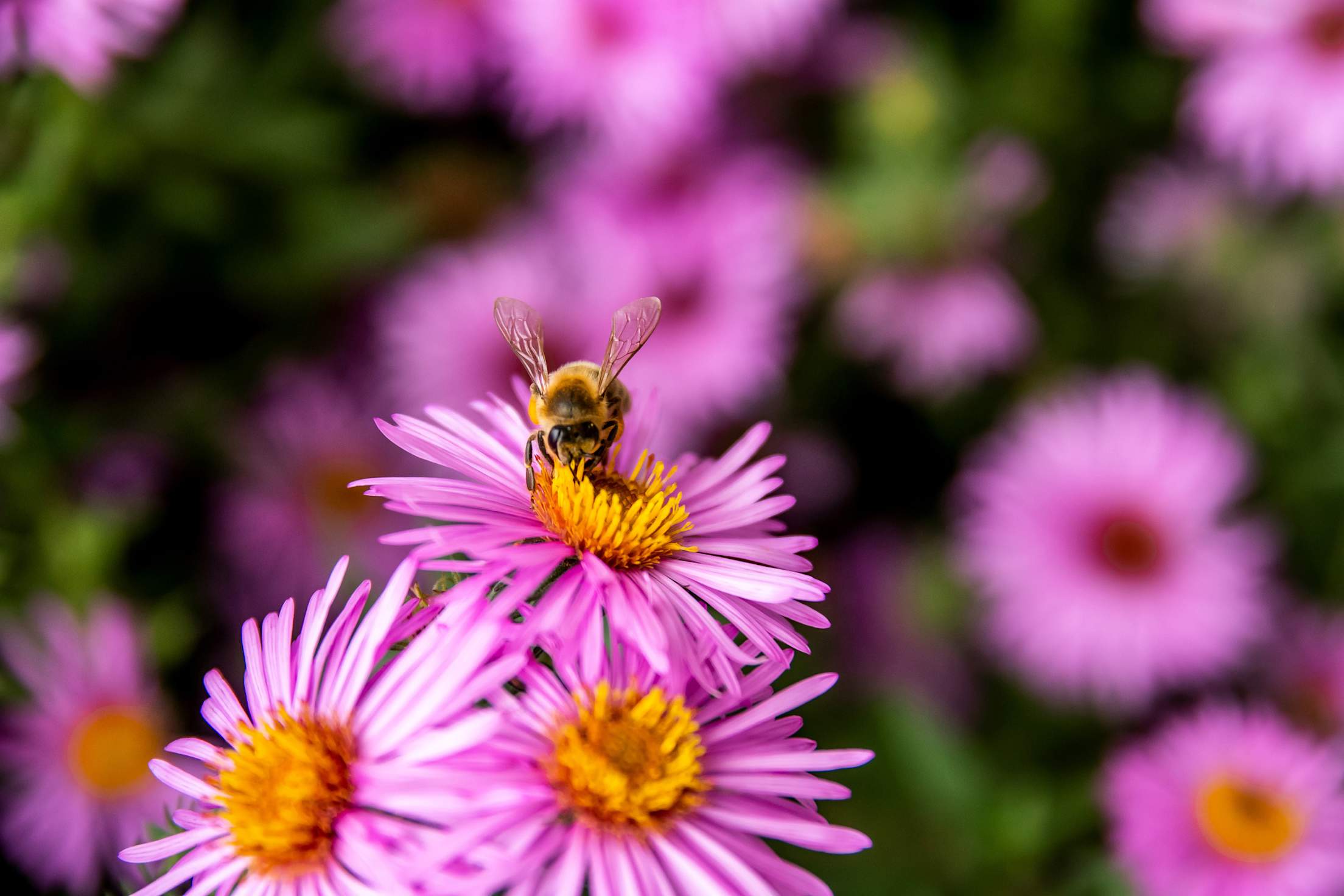
6 Low-Cost, Sustainable Gardening Tips
Save money and the planet by making informed maintenance choices.

Chances are, you consider your landscaping a way to create your own personal oasis. And you’re not wrong! Having a beautiful yard is a major life enhancement, and research even confirms that gardening has a positive impact on an individual’s well-being. But as we confront the myriad issues our planet faces, including the climate crisis and extreme habitat loss for animals (the bird population in North America has dropped by nearly 30 percent since the 1970s), it’s only natural to wonder if our patches of paradise can work a little harder for the good of all. We turned to two experts, entomologist and author Doug Tallamy and horticulturalist Janet Sluis, for their input. There is every reason to have hope. With appropriate planting selection, thoughtful design, and informed maintenance choices, our gardens can contribute to a well-functioning ecosystem. And make no mistake—the personal benefits remain ample, including lower water bills and plenty of beauty.
Rethink the lawn.
Functioning neither as habitat nor food for birds or insects, and usually treated with herbicides, mowed grass amounts to a total ecological dead zone, according to Tallamy, and he encourages us to remove some or all of it. The fastest way is to physically remove the sod by cutting it into strips with a sod cutter, rolling up the strips, and either taking them away or turning them over and letting them compost in place. (Note: This method doesn’t work for Bermuda grass.) Other approaches include light exclusion (covering the lawn with black plastic for several months) or sheet composting, in which you cover the area with cardboard, compost, and mulch. With many parts of the West offering rebates for removal, you can find more information with your local water district. Lawn replacements can include native wildflower meadows or low-water groundcovers that don't need to be mowed or fertilized; consult with your water district for regionally-appropriate ideas.
Stop using chemicals.
“Home gardeners should not be using pesticides, period,” says Sluis. Herbicides, insecticides, and fungicides are indiscriminate killers, she says. “So, there’s really no use in trying to attract butterflies with nectar plants [only to] have a pesticide sprayed nearby.” She’s just as passionate about skipping synthetic fertilizers, as they make for rapid, tender growth, which is particularly attractive to pests. Synthetic fertilizers “will grow a plant, but not a healthy one,” she says. It’s much better to feed plants via a natural fertilizer, aka compost.

Many native plants support much-needed pollinators, such as bees.
Be a welcoming host.
When possible, include flowers with nectar, which supports pollinators. Pollinators can be indiscriminate with nectar, but they are often quite specific about a host plant (where they will lay their eggs and complete their life cycle). Usually, plants native to your region will support the greatest biodiversity through food and habitat—and we’ve got many stunners in the West, including aster, columbine, goldenrod, and lupine. Tallamy points us to the National Wildlife Foundation, which can help you find the most hospitable native plants by entering your zip code at nwf.org/NativePlantFinder. Other actions include having a water feature, plenty of shade, and an unmanicured patch in your garden.
Plant in sync with your climate.
Choose plants adapted to your climate, or those from similar regions. Take coastal California: Thanks to its mild, wet winters and dry summers, drought-tolerant plants from central Chile, the Mediterranean Basin, the Cape region of South Africa, and southwestern and south Australia will also thrive in the Golden State.

Capture rain with barrels to save water.
Help water move slowly.
Conserving water is paramount in our arid West, and we do that by planting wisely, watering efficiently, and doing all we can to retain rainwater. Use drip irrigation instead of overhead sprinklers. With a slow trickle of water at the root zone, drip emitters save water, minimize disease problems, and even suppress weed growth. Additionally, you might consider ways to capture rainwater, be it with a rain barrel or by creating swales (planted depressions where water might pool) to slow down runoff, helping water infiltrate back into the soil. Permeable paving—including gravel, decomposed granite, stepping stones, and mulch—serves this same purpose, allowing as much water as possible to absorb back into the ground.
Ease up on maintenance.
Yes, we are here to reward laziness. First and foremost: Let fallen leaves be. They’re basically next year’s fertilizer, says Tallamy, organic matter that decomposes right back into food for plants, not to mention important habitat for many insects. Also, when safe, consider leaving dead tree branches or even a dead standing or fallen tree in place, as they provide important shelter for many birds, mammals, reptiles, and amphibians. Go easy on deadheading flowers, says Sluis. Pollinators still find food in flowers that look wilted.